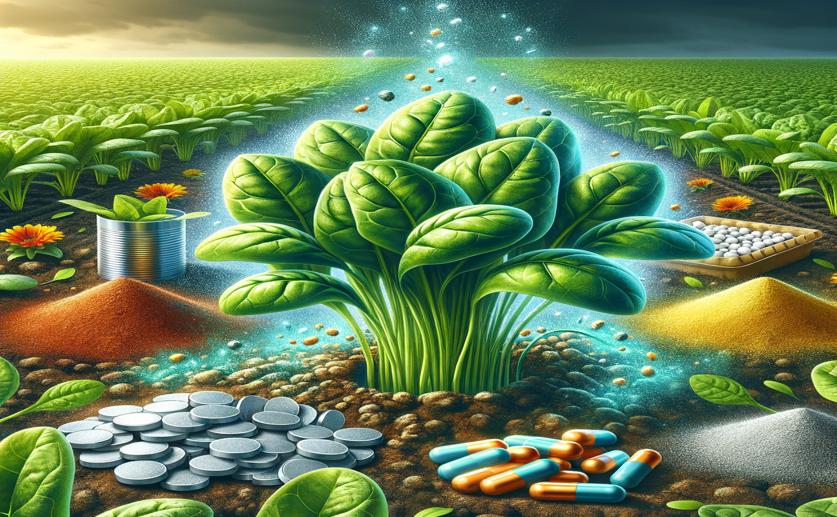
Boosting Spinach Nutrition and Reducing Soil Toxins with Various Zinc Sources
Jim Crocker
20th July, 2024

Image Source: Natural Science News, 2024
Key Findings
- The study by Northwest A&F University, China, found that zinc oxide nanoparticles (ZnO NPs) significantly reduced cadmium (Cd) concentration in both spinach and earthworms
- ZnO NPs improved spinach growth parameters, including fresh weight, plant height, root length, and root-specific surface area
- The research demonstrated that ZnO NPs are more effective than bulk ZnO and ZnSO4 in reducing Cd accumulation and promoting plant growth
AgricultureEnvironmentPlant Science
References
Main Study
1) Enhancing zinc biofortification and mitigating cadmium toxicity in soil-earthworm-spinach systems using different zinc sources.
Published 17th July, 2024
https://doi.org/10.1016/j.jhazmat.2024.135243
Related Studies
2) Assessing risk of heavy metals from consuming food grown on sewage irrigated soils and food chain transfer.
Journal: Ecotoxicology and environmental safety, Issue: Vol 69, Issue 3, Mar 2008
3) Comprehensive assessment of health and ecological risk of cadmium in agricultural soils across China: A tiered framework.
4) Nano-scale zero valent iron modulates Fe/Cd transporters and immobilizes soil Cd for production of Cd free rice.



 6th July, 2024 | Greg Howard
6th July, 2024 | Greg Howard